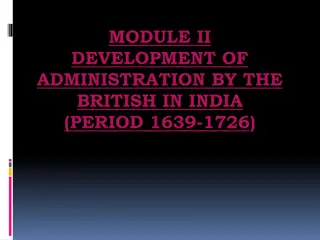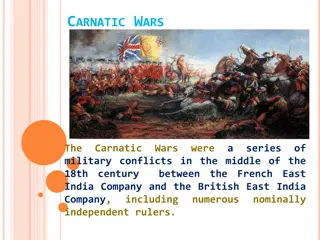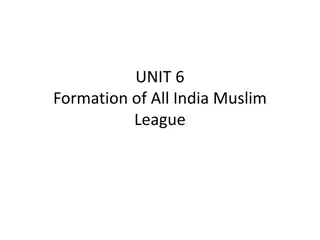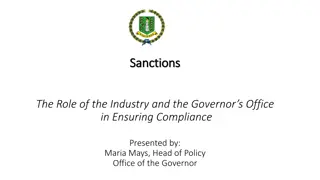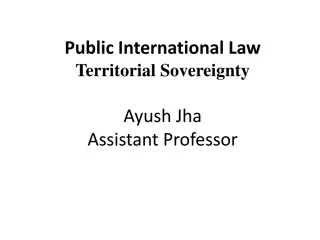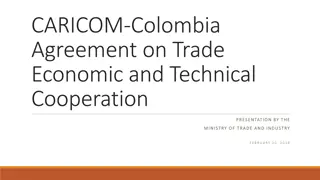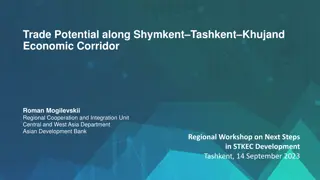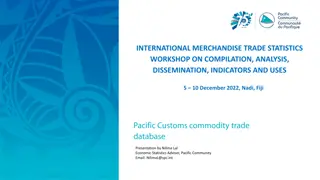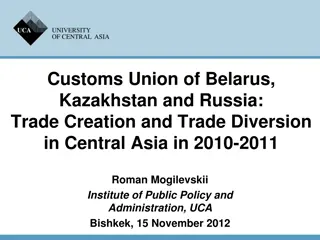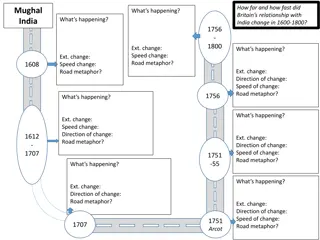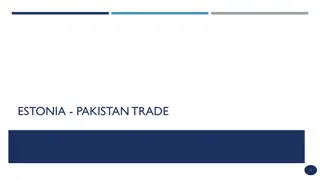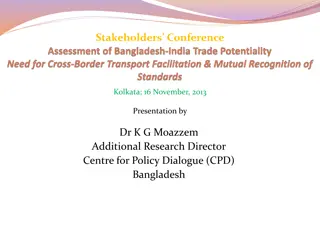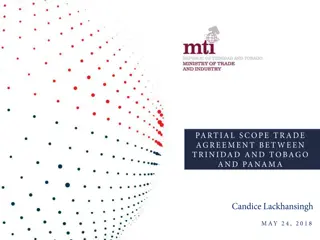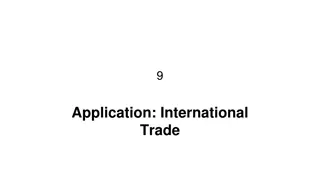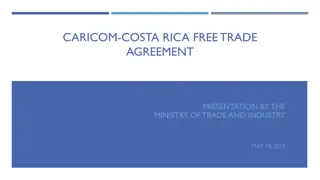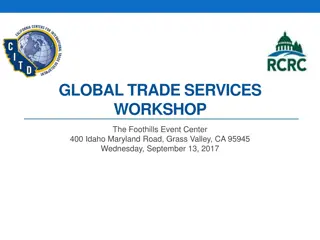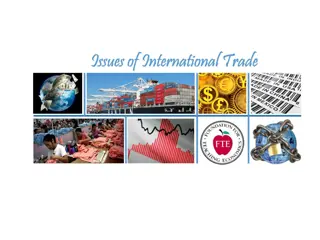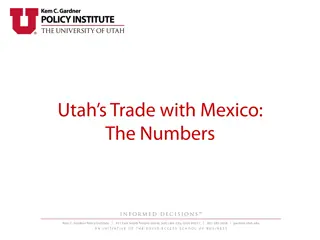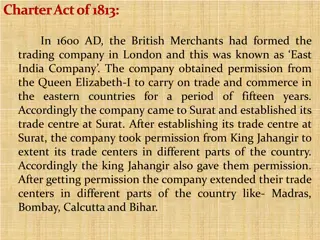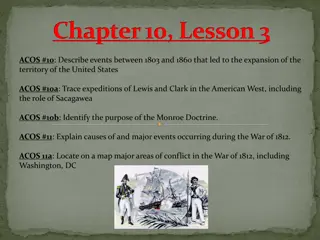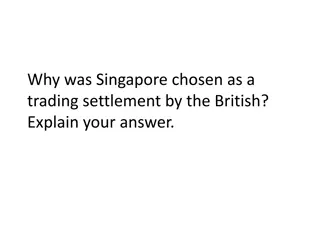The British Expansion in India: From Trade to Territory
The journey of the British in India from establishing trade through the East India Company to gaining territorial control is explored. The narrative covers the company's strategic moves, conflicts with local rulers, and pivotal events such as the Battle of Plassey that shaped British dominance over the Indian subcontinent.
Download Presentation

Please find below an Image/Link to download the presentation.
The content on the website is provided AS IS for your information and personal use only. It may not be sold, licensed, or shared on other websites without obtaining consent from the author. Download presentation by click this link. If you encounter any issues during the download, it is possible that the publisher has removed the file from their server.
E N D
Presentation Transcript
StudyMafia.Org From Trade To Territory Submitted To: Submitted By: Studymafia.org Studymafia.org
Table Contents Definition From Trade to Territory Conclusion 2
Definition From Trade to Territory explains the arrival of the British in India, the expansion of trade, implementation of business rules, and the consequent acquisition of power by the British within the Indian Territory. 3
From Trade to Territory The Beginning of From Trade to Territory After the death of the powerful Mughal ruler, Aurangazeb, many Mughal generals and subheaders started asserting and fighting for their power. However in the second half of the 18th century, the British rose to power in India, establishing dominion over every aspect of the Indian subcontinent, from trade to governance. 5
From Trade to Territory East India Company Comes East In 1600, the East India Company received a charter from the ruler of England, Queen Elizabeth I, for carrying out trade with the East. as per the statutes of the charter, the company could venture into newer places and purchase goods at a cheaper price and could sell them in Europe at higher prices. By then, the Portuguese had established a strong base at the western coast. 6
From Trade to Territory Trade-in Bengal The first English factory was set up around 1651 from where the company s base also known as factors operated. The goods for export were stored in the warehouse of the factory. The company built a fort around this settlement and constantly pressed for more concessions and privileges. 7
From Trade to Territory Trade Leading to Battles With the increasing conflict between the Nawab of Bengal and the company, the nawab denied giving the company concessions, demanded tributes for the right to trade, and denied the right to mint coins. The nawab also claimed that the company was denying revenue and undermining the authority of the nawab. 8
From Trade to Territory The Battle of Plassey After the death of Alivardi Khan in 1756, Siraj ud Daula was crowned as the Nawab of Bengal. The company tried to make one of the rivals of Siraj ud daula as the nawab of Bengal. On finding out about the strategy, the nawab asked the company to stop meddling in the political affairs and pay the revenue. Leading the company in 1757, Robert Clive waged a battle against the nawab in Plassey. 9
From Trade to Territory Becoming of the Nabobs The nawabs of Bengal were coerced to give land and vast sums of money as personal gifts after the battle of Plassey. Robert Clive along with many other officials made huge fortunes after coming to India. Many of them hailed from humble families and desired to make a great fortune in India and return to Britain to lead a comfortable life. 10
From Trade to Territory Expansion of Company Rule By employing a variety of political, economic and diplomatic methods the company launched a direct military attack on Indian territories. The company established a subsidiary alliance that meant Indian rulers were not allowed to have their independent armed forces and protected by the Company. 11
From Trade to Territory Tipu Sultan: Tiger of Mysore Under the leadership of Haider Ali and Tipu Sultan, Mysore had grown in power. Controlling the trade- in Malabar coast, the Company purchased pepper and cardamom. In 1785, when Tipu Sultan stopped the trade of sandalwood, pepper and cardamom the company fought four wars with Mysore and achieved victory in the final battle of Seringapatam. 12
From Trade to Territory Claim to Paramountcy and Doctrine of Lapse Under Lord Hasting, a new policy, paramountcy was initiated due to which the company rose to immense power. Lord Dalhousie introduced the doctrine of Lapse wherein if an Indian ruler died without a male heir his kingdom would lapse , that is, become part of Company territory. 13
Conclusion Under this doctrine, any Indian king who doesn't had a natural male heir had to give away his territory to the Britishers. With this policy the company took control over Satara (1848), Sambalpur (1850), Udaipur (1852) and Jhansi (1854). 14
References Google.com Wikipedia.org Studymafia.org Slidespanda.com
Thanks To StudyMafia.org





